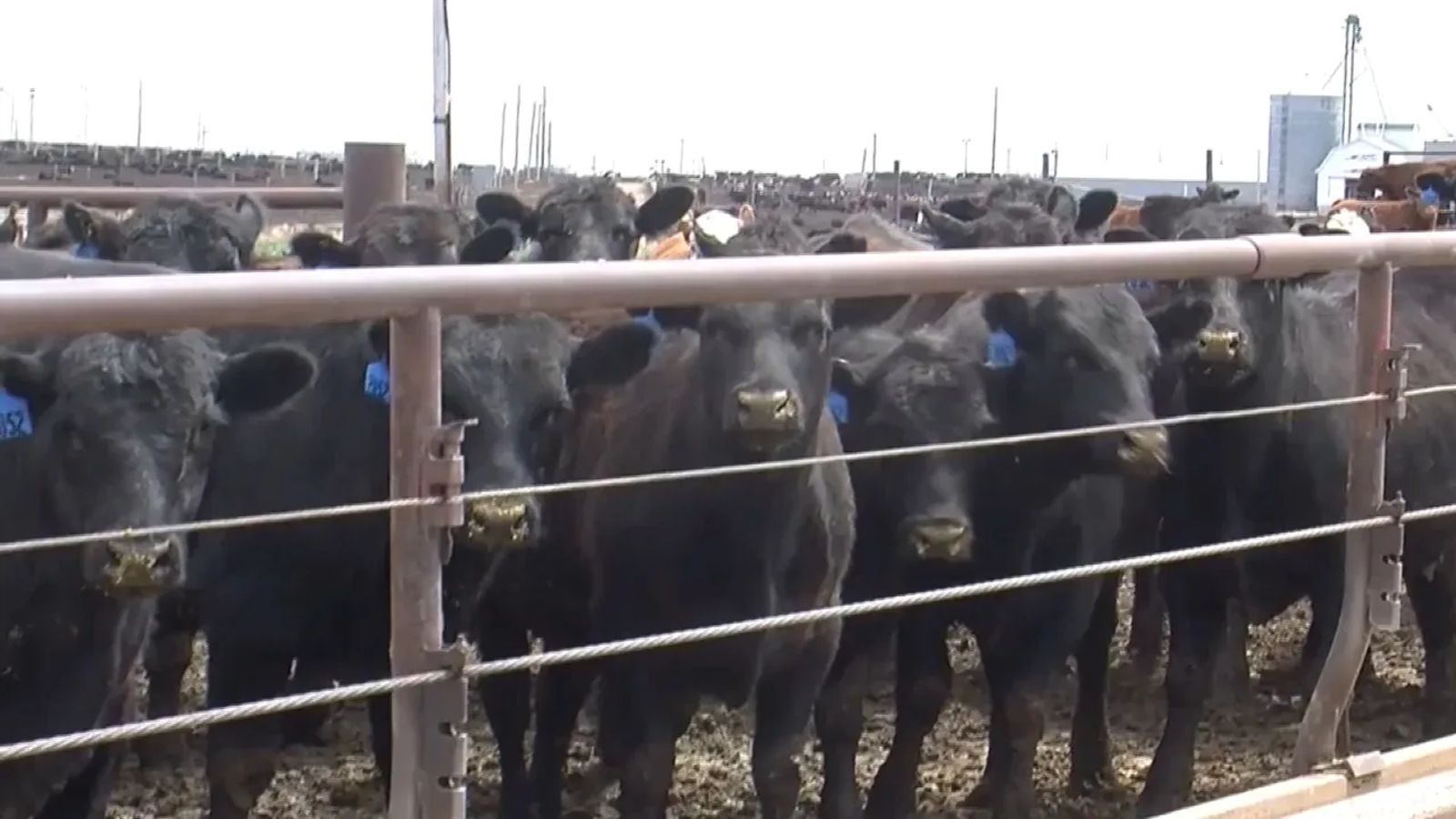
House Ag Leaders Seek More Answers on Cattle Markets
August 11, 2020
The two leaders of the House Agriculture Committee on Friday wrote a letter to Agriculture Secretary Sonny Perdue calling on USDA to examine the structure of the cattle industry, price discovery and issues related to price reporting, as well as the level of concentration within the industry.
The letter to Perdue was signed by House Agriculture Committee Chairman Collin Peterson, D-Minn., and committee ranking member, Rep. Michael Conaway, R-Texas.
On its surface, the letter demonstrates the committee's serious attempt to address several questions going on within the cattle industry. The congressmen want USDA to tap the Office of the Chief Economist to look at "price discovery and methods to address deficiencies, price reporting, purchasing mandates, and barriers to entry in the packing sector." The congressmen suggest USDA's "policy research centers could commission work from national experts and initiate regional/national workshops."
There's a lot to unpack in the letter, but here is a question to the leaders of the House Agriculture Committee: Why now?
The congressmen want USDA to commission a long-term study and hold workshops -- much like the Obama administration did a decade ago. Those USDA/Department of Justice hearings, the first joint effort like that in history, culminated in an extensive, heated day-long hearing on the state of cattle markets in Fort Collins, Colo., in August 2010.
Congress is supposed to reauthorize the Livestock Mandatory Reporting Act, (LMR) which is set to expire Sept. 30 -- 54 days from the date the leaders of the House Agriculture Committee chose to write a letter to USDA calling for a new report, studies from outside experts and potential workshops.
The Congressional Research Service laid out some of the key issues facing the beef, swine and lamb industries in a brief report on June 19, 2019 -- nearly 14 months ago. The CRS report came before the Holcomb, Kansas, fire that led to a USDA investigation of cattle markets. The CRS report, and the Holcomb fire came long before the pandemic hit, further wrecking the price spread between live cattle and boxed beef. The CRS report let everyone know the LMR expires Sept. 30, 2020, and that it normally takes at least a year, typically closer to two years, for USDA to implement any new rules.
A month after the CRS report, the House Agriculture Subcommittee on Livestock held a hearing "Reviewing the State of the U.S. Livestock and Poultry Economies." That was timely. Steve Salmon, representing the sheep industry, included in his written testimony that changes were needed to the LMR, saying some confidentiality rules at USDA restricted available information in the lamb meat industry. Salmon mentioned the American Sheep Industry Association was working with USDA as well as the House and Senate Agriculture Committees, to resolve some issues for price reporting.
Salmon's testimony also mentioned, "Increased consolidation in the packing industry across livestock will continue to hinder producers' access to accurate price reports and we believe issues of confidentiality will need to be resolved sooner rather than later to preserve this program and the risk management tools that rely on it." https://agriculture.house.gov/…
Rep. Jim Costa, D-Calif., chairman of the subcommittee, mentioned in his opening statement in that July 16, 2020, hearing that the LMR expires in 2020 and the subcommittee needs to learn about issues to deal with the reauthorization bill. That was basically the extent to which price reporting and packer concentration were discussed in the hearing. https://agriculture.house.gov/…
Three weeks ago, USDA also detailed some possible legislative issues to consider when USDA released an initial report investigation into boxed beef and fed cattle prices looking at both the Holcomb fire and the pandemic. In its news release and summary, USDA stated,
"The report also discusses several policy considerations in light of the desire by many market participants for improved price discovery, reinvigorated competition, and a more transparent relationship between the prices for live cattle and the resulting products. Considerations include potential updates to Livestock Mandatory Reporting to reduce instances of non-reporting and increase percentages of negotiated cash transactions, risk management outreach, education and product improvements for small and medium-sized producers, small to very small meat processor outreach and opportunities, and enhancements to the Packers and Stockyards Act investigative and enforcement tools."
USDA report: https://www.usda.gov/…
Neither the House nor Senate Agriculture Committees have held hearings looking at what happened to cattle markets after the Holcomb fire, or in the early days of the pandemic. Lawmakers seemed to indicate they were waiting on that USDA report.
Yet, reflecting the seriousness of their intent, the House Agriculture Committee sent a letter to USDA wanting a more "an in-depth description of today's beef packing sector." Reflecting that this is a long-term project, the committee wants quarterly briefings on USDA' progress, implying that considerations for the Livestock Mandatory Reporting Act -- due for reauthorization in less than two months -- is not part of the committee leadership thinking at the moment.
The earnest letter from the House Agriculture Committee leadership takes a hard stand. The LMR expires Sept. 30.
Perhaps another report or two, a few USDA workshops and some quarterly updates will provide some needed clarity on the topics facing the livestock industries.
House Agriculture Committee letter to USDA: https://agriculture.house.gov
Source: DTN










